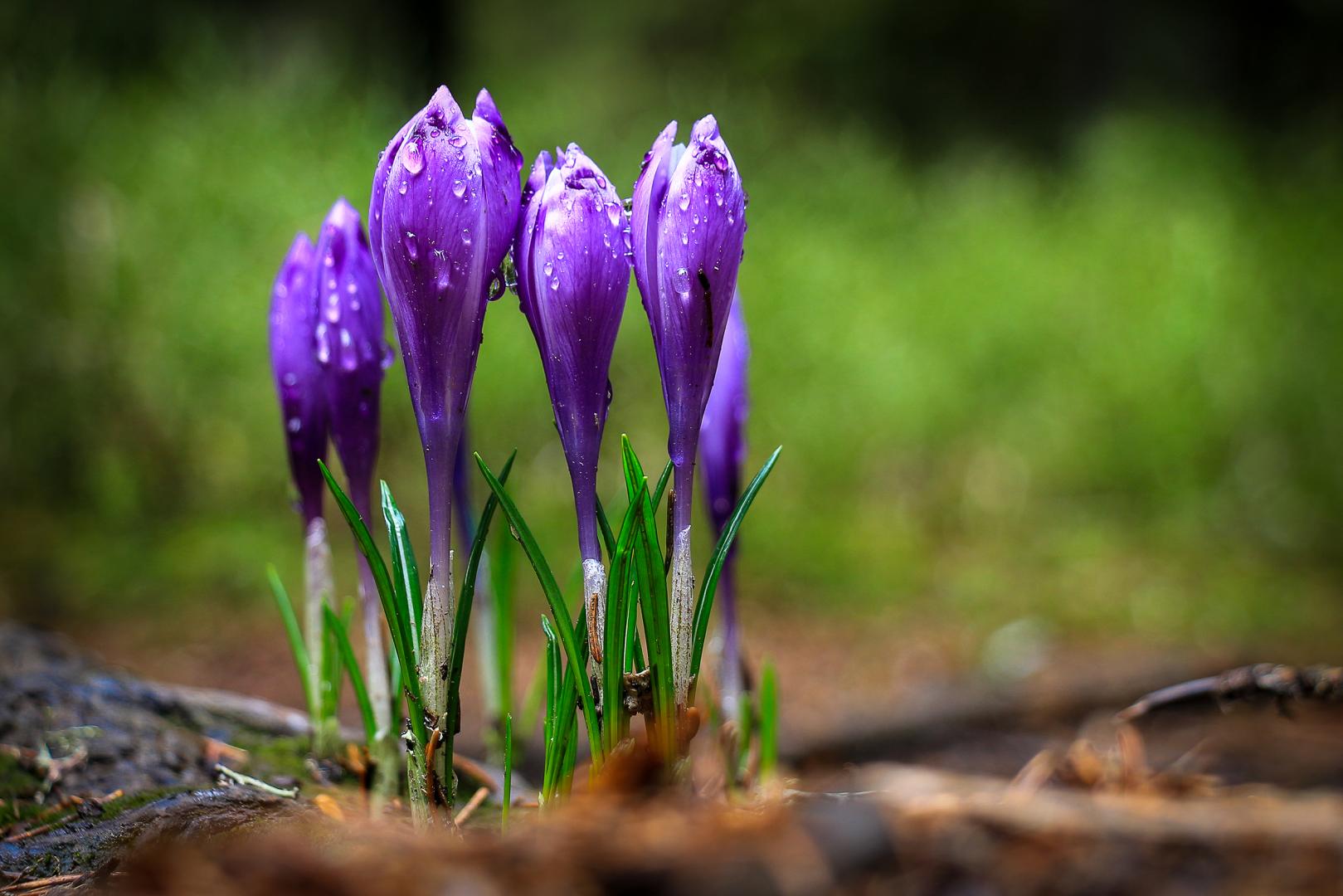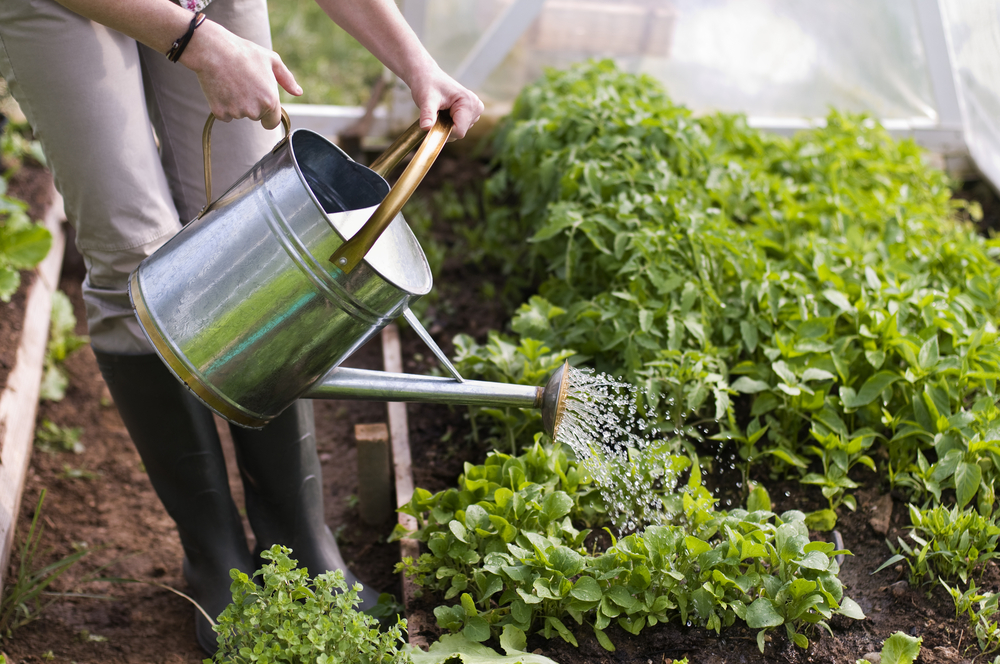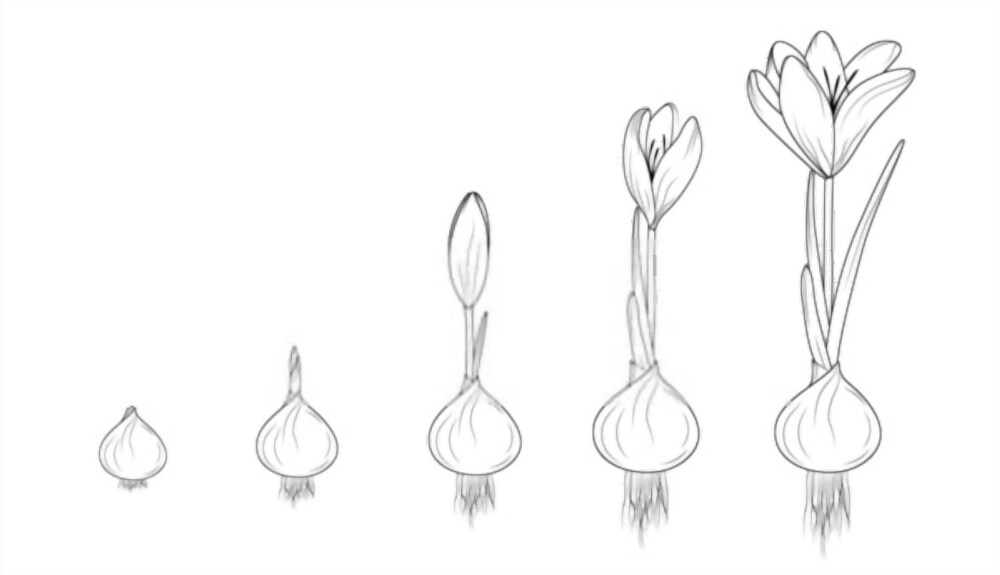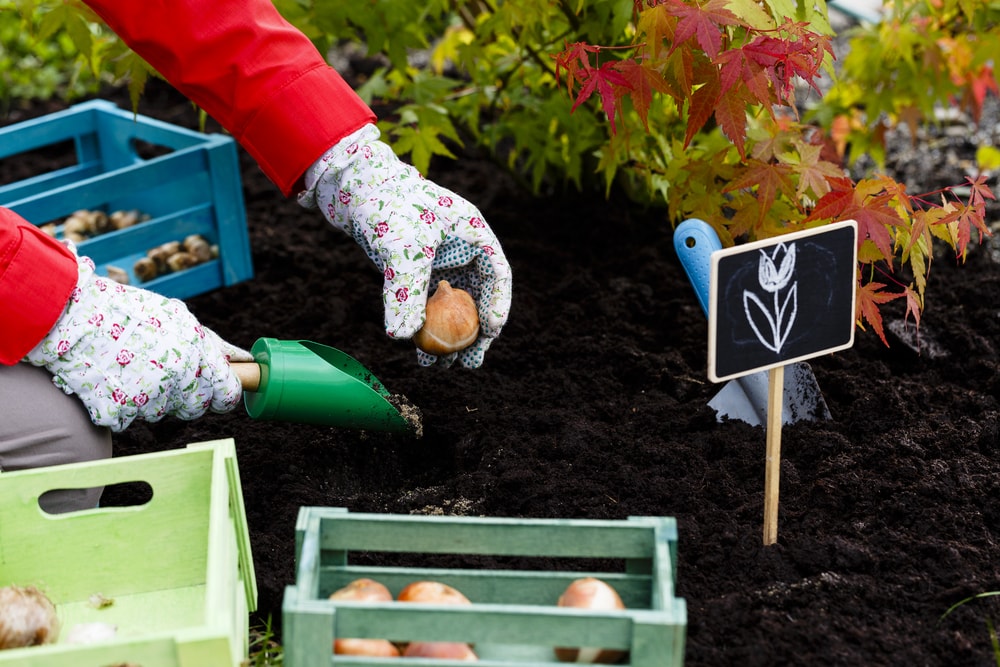Bulbs are popular with all kinds of gardeners because they come in a wide variety of colors. A flower bed full of bulbs can be one of the most colorful parts of any garden.
Another wonderful thing about bulbs is that they are amongst the easiest of all plants to care for. Even though bulbs are very hardy it is still important to care for them properly.
Provide the essentials
As with any type of plant, it is important that bulbs receive plenty of water, sunlight, proper fertilization, and quality soil. Providing these basic elements is the best way to get your bulbs off to a good start.

The following tips may contain that one little bit of wisdom that will ensure you will have a garden full of healthy dahlias, daffodils, tulips, lilies, and other bulbs.
Regular watering
First of all, it is important to remember that bulbs need regular watering during their growth and blooming period. For most bulbs, this active growth period begins shortly after they go into the ground, and it continues until the plant foliage has died back. The die-back period generally occurs in autumn, or after the flowering has stopped.

- If there is insufficient rainfall available, be sure to supplement with deep watering. This ensures water reaches the root zone, as the roots will be growing underneath the bulb.
- In addition, providing a layer of mulch will help the roots retain their moisture content. One exception, is the bearded iris, since mulching it will cause it to rot.
Use proper fertilizer
Using proper fertilization is also important for successfully growing bulbs. Fertilizers should be applied in the bottom of the hole, and covered with a thin layer of soil at the time you plant. The bulb should never be placed directly on top of the fertilizer.
In addition, At the start of the growing season bulbs should be fed with a high nitrogen content fertilizer. Providing this extra feeding will help the bulbs to produce more attractive flowers.
What to do after blooming cycle end?
After their blooming cycle has been completed, the bulbs will have used up a great deal of their nutrient content. It is important for those nutrients to be replenished for the bulb to do well the following season. Gardeners should take these two steps to ensure that their bulbs will bloom well the next year.

- The first step is to make sure the foliage remains on the plant, even if the it appears poor. Only remove the foliage when it has yellowed and pulls off easily. The reason for this is that leaves will continue to make food for the plant if they are green. Furthermore, this food will help the plant bloom better the next year.
- The second step is providing a decent quality fertilizer right after the flowers have begun to fade away. To be their most effective, it is important to fertilize with a bulb food high in potassium and phosphorus. The fertilizer should be cultivated slightly into the soil to help it move deeper, and the feeding should be followed by a deep watering. Both nutrients in the bulb food must be able to reach the root zone.
Conclusion
We were able to provide you with some advice, however, there is a lot more to understand when it comes to growing your bulbs. The only way to ensure you have the most relevant information is to communicate with other gardeners and apply what you have learned.

